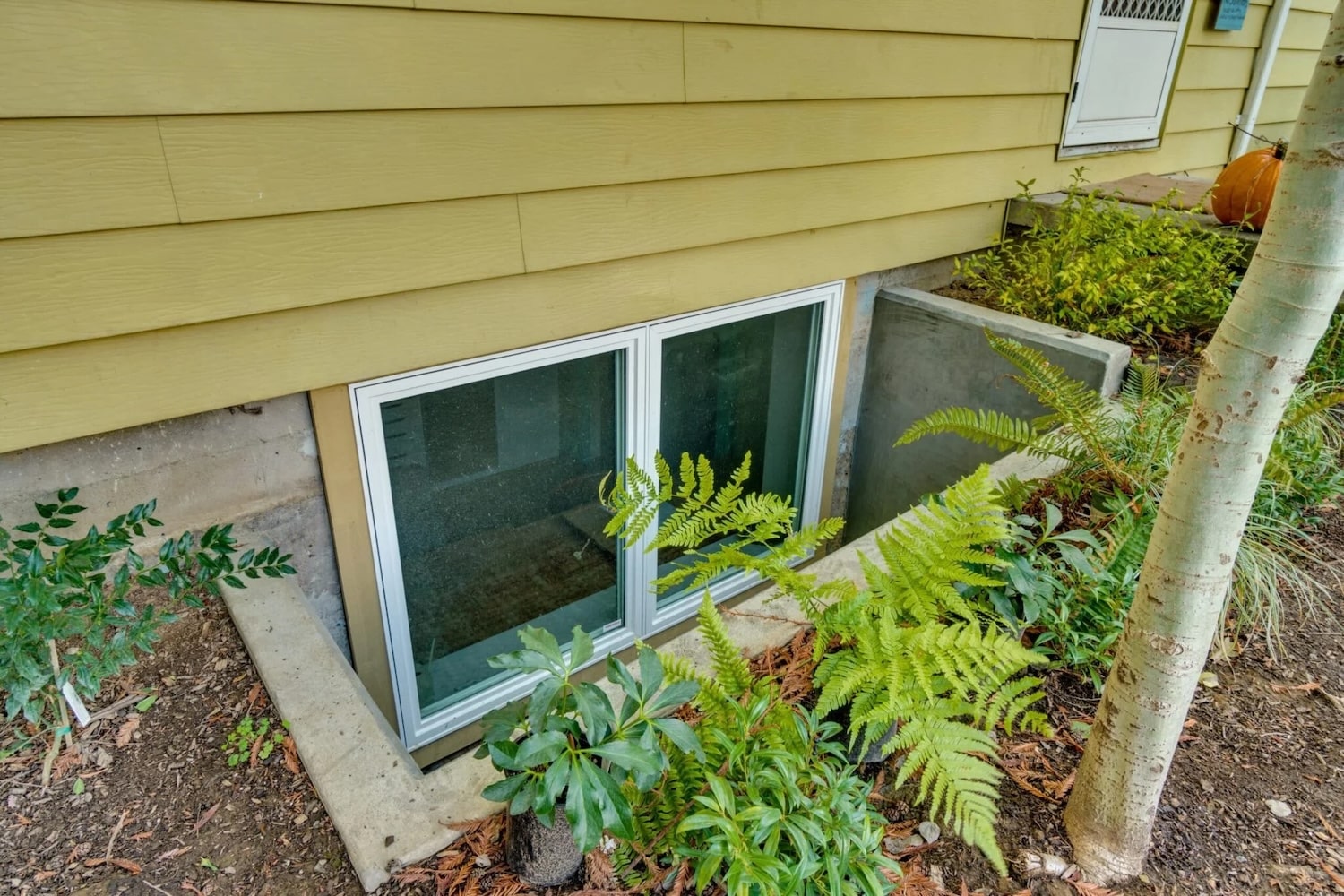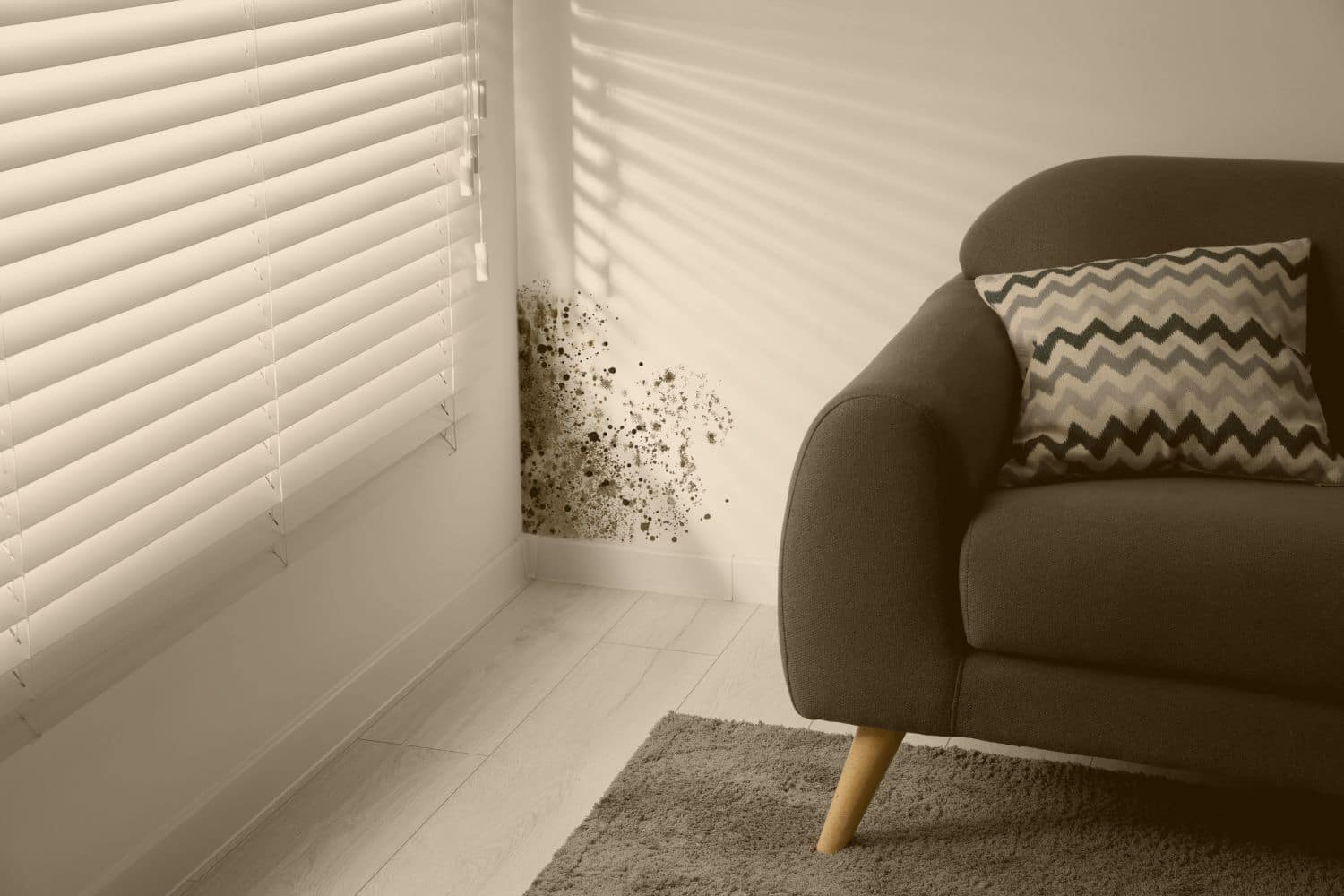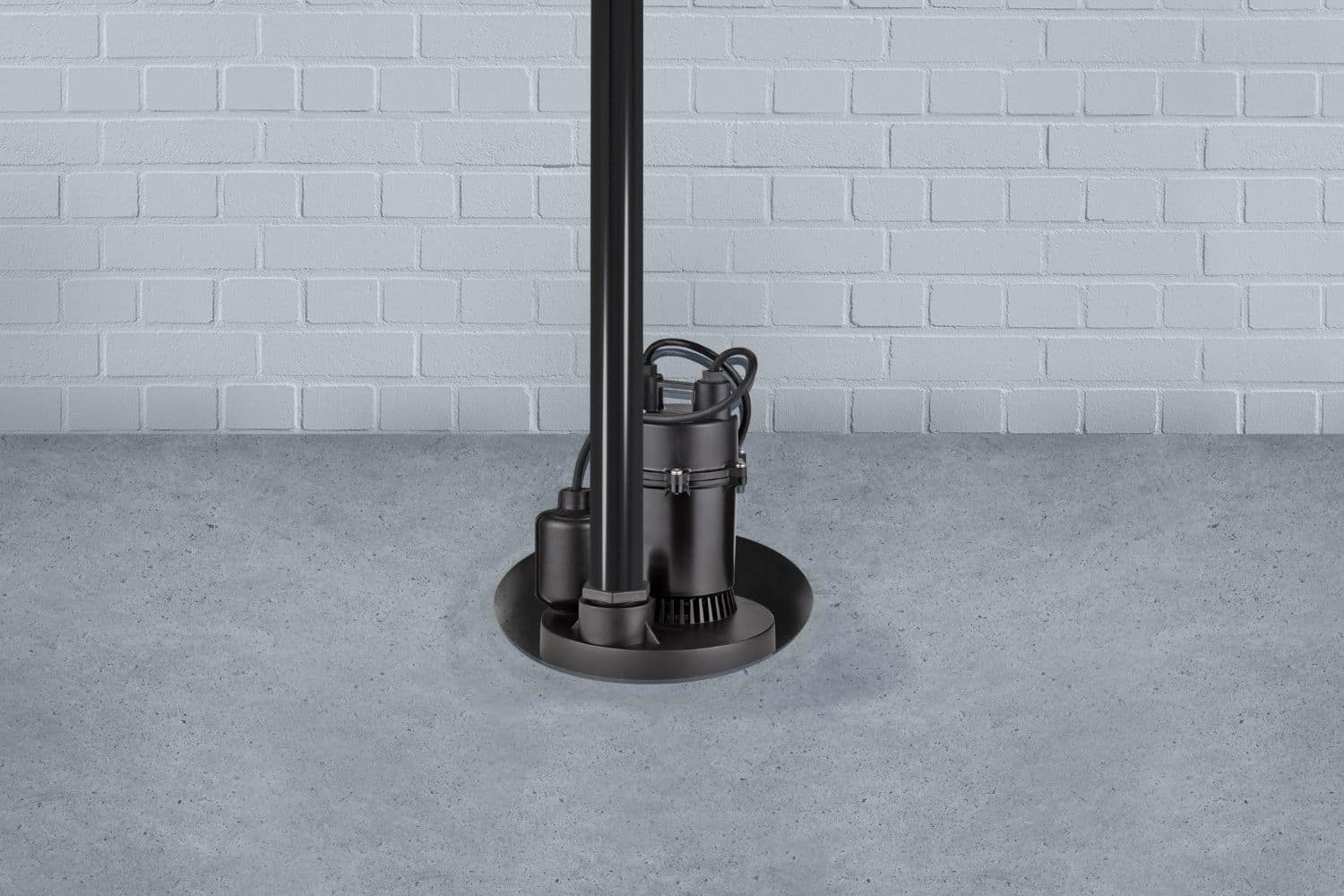You walk in the door and something’s… off. Your house smells damp, earthy, and musty, but you can’t find any visible mold. You’re not crazy or imagining the smell of wet socks, and you’re not alone. The occurrence isn’t uncommon, and while it might seem harmless since there’s no obvious mold, it could also be a sign of hidden problems. Stale, damp-smelling air usually means one thing: excess moisture somewhere in the home. If there’s not already hidden mold somewhere, it’s not far behind.
Let’s break down what could be going on, how to safely check things out, and when it’s time to call in a professional.
What “Musty” Really Means in a House
This smell often comes from mold, mildew, or VOCs (volatile organic compounds) released when materials break down in moist conditions. That could include wood, insulation, drywall, carpet, or even old cardboard boxes. And because not all mold grows on open surfaces, that smell might be your only warning sign.
A musty smell doesn’t mean your house is dirty, so don’t panic, and don’t feel bad! It means something inside is damp and not drying properly. In some areas, including certain regions of Illinois, this is almost impossible to avoid when the humidity outside is working against you.
According to the EPA, mold often grows behind walls or under flooring where you won’t see it; especially after a leak or in areas with high humidity.
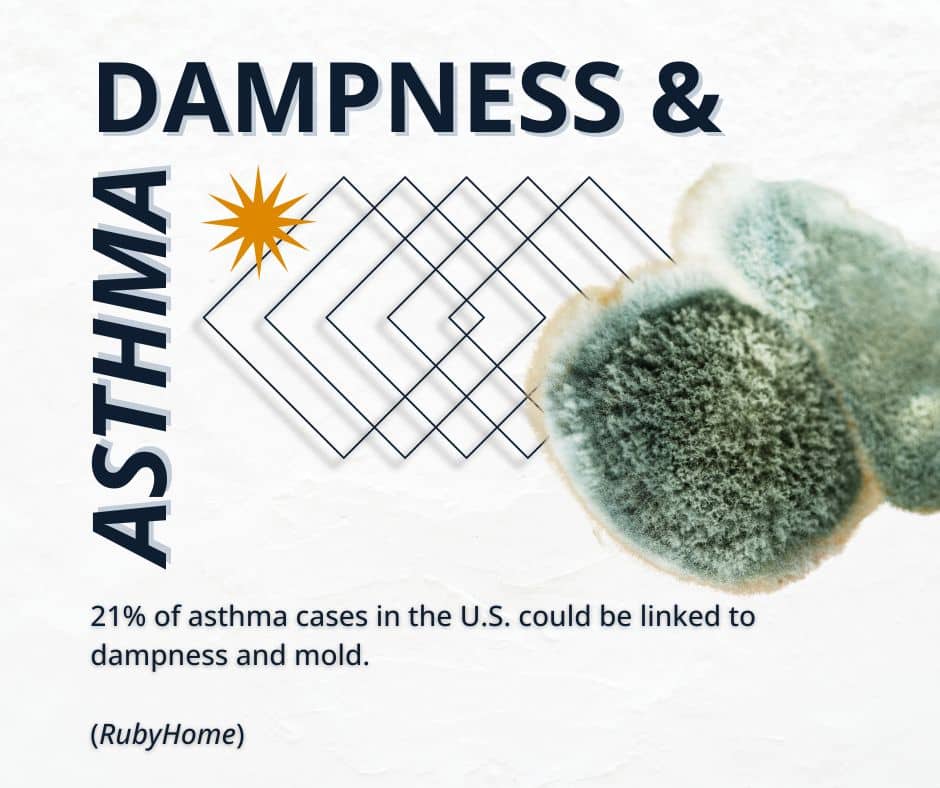
Common (But Sneaky) Sources of a Musty Smell
If you don’t see mold, it might be hiding in one of these problem areas.
- HVAC system: Mold or mildew can grow in ductwork, coils, or filters
- Crawl space: High humidity, standing water, or poor ventilation
- Basement: Moisture seepage through walls or floors, especially after rain
- Attic: Poor airflow traps warm, moist air, perfect for mold
- Plumbing: Leaks behind drywall, under sinks, or near appliances
- Absorptive materials: Old carpet, drapes, furniture, or paper can hold odors long after the source is gone
Even something like a soaked bath mat or laundry pile can leave a lasting smell if it’s in a closed-off area with poor airflow.
Why You Might Not See Mold But Still Smell It
Mold doesn’t need to be visible to cause problems. It can grow inside walls, above ceilings, in insulation, or inside your HVAC system, all out of sight.
Sometimes the smell comes from mold spores in the air or VOCs given off by bacteria, decaying materials, or past water damage. So even if surfaces look clean, your indoor air may still be affected.
The CDC reports that hidden mold can trigger symptoms like coughing, sneezing, and headaches, especially in people with allergies or asthma.
How Mold Testing Works (And Why It’s Worth It)
If you’ve ruled out obvious sources but the musty smell sticks around, it’s time to consider professional mold testing.
Air Sampling
This test measures the number of mold spores in the air. It’s useful when mold might be hiding in walls or vents. Even if your home looks clean, high spore counts can indicate a problem behind the scenes.
Surface Sampling
This involves swabbing or tape-lifting visible spots or suspicious areas. It helps identify the type of mold and whether it’s something you should be concerned about (like Stachybotrys, commonly known as black mold).
Together, these tests can confirm if you’re dealing with mold or rule it out entirely, so you’re not left guessing.
Note: Mold testing isn’t a one-size-fits-all cost. It depends on your home size and the areas being tested. The best way to get an accurate estimate is to contact us directly.
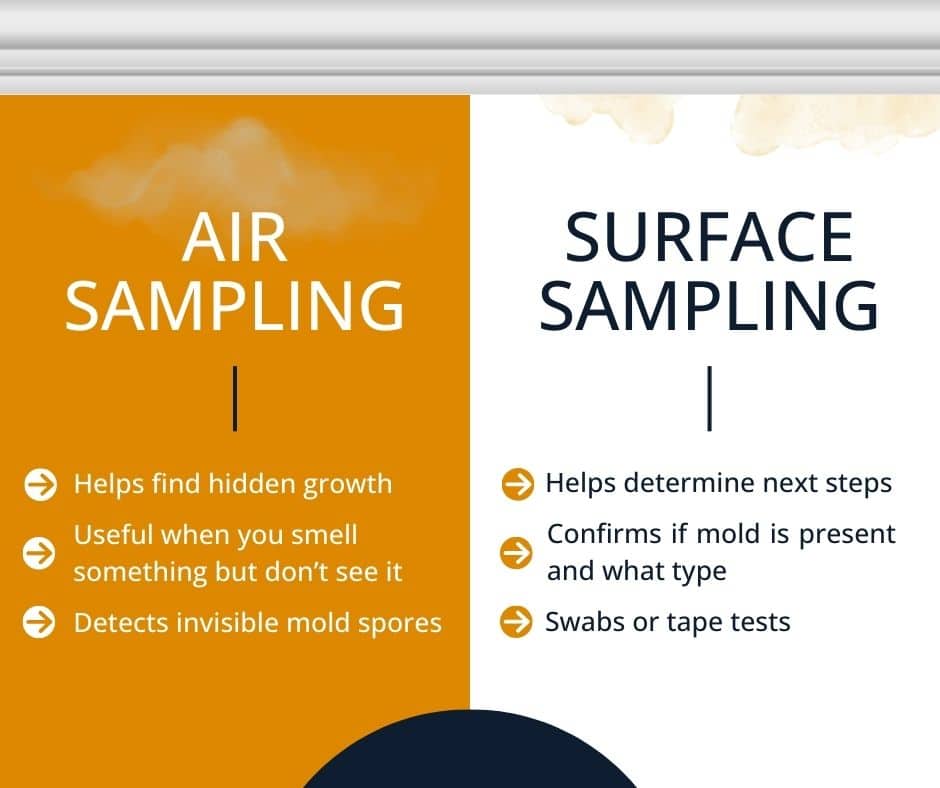
Things You Can Check Yourself
Before calling in help, here are a few simple ways to investigate:
- Use your nose: Which rooms or vents smell the strongest?
- Check humidity with a basic monitor (ideal indoor levels: 30–50%)
- Look for signs of moisture: warped baseboards, wet spots, condensation
- Inspect around sinks, water heaters, and windows for leaks or soft areas
- Change your HVAC filter if it’s been a while. Old filters trap moisture
These steps won’t detect hidden mold, but they can help you narrow down the possibilities.
How to Prevent Musty Smells From Coming Back
Even if mold isn’t the issue this time, staying ahead of moisture and musty smells in your house will help keep everything fresh.
- Run exhaust fans in bathrooms, kitchens, and laundry rooms
- Use a dehumidifier in basements or crawl spaces
- Schedule HVAC maintenance at least once a year
- Avoid storing boxes directly on basement or garage floors
- Make sure your attic and crawl space are properly ventilated
- Use mold-resistant or low-VOC materials if you’re remodeling
Other Maintenance That Helps
Prevention is easier than remediation. These routine checks can help keep musty odors (and moisture issues) from returning:
- Clean gutters regularly and make sure they drain away from your home
- Keep the soil graded so water flows away from your foundation
- Test your sump pump, especially during rainy seasons
- Look inside your crawl space once a year for signs of dampness or damage
- Book a full home inspection every few years, especially if your house is older or you’re noticing recurring moisture problems
When to Call a Professional
You don’t have to live with a mysterious smell. Reach out if:
- You’ve tried everything, but the smell keeps coming back
- You notice allergy-like symptoms without a clear cause
- There’s any sign of water damage, even if it looks dry now
- You’re selling or buying a home and want peace of mind
- You suspect mold in your HVAC system, crawl space, or attic
At Prospective Home Inspections, we specialize in uncovering what your nose already knows. Our licensed inspectors use air and surface sampling, moisture detection, and industry-backed tools to get to the bottom of musty home odors, safely and accurately.
Conclusion
It’s easy to ignore when your house smells musty if everything looks fine and you see no mold, but that’s exactly how hidden problems stay hidden. Not to mention how smelly problems stay smelly. Ready to find out what’s really going on behind that smell?
Call Prospective Home Inspections to schedule professional mold testing and more today.



